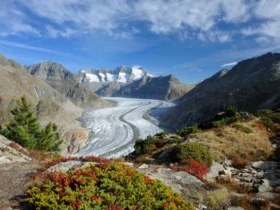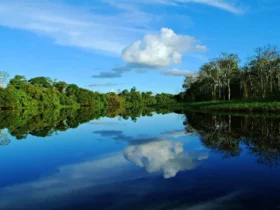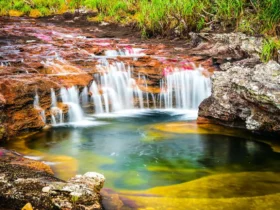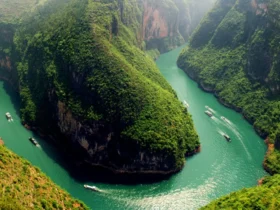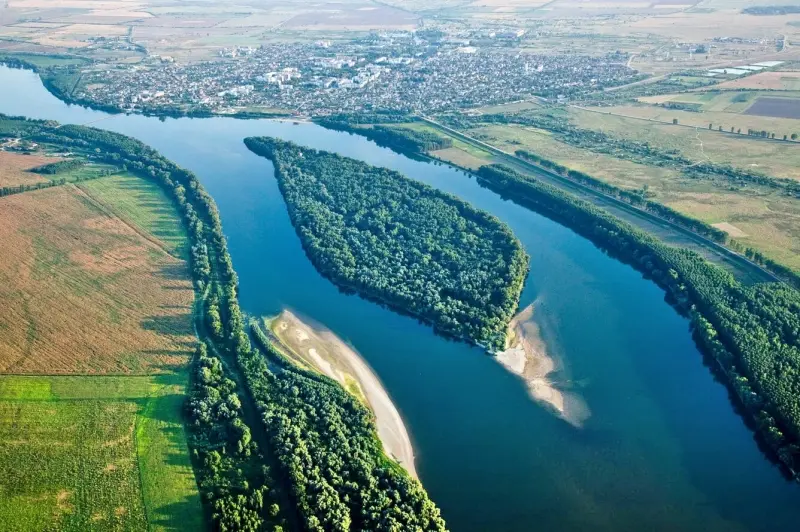The Nile River is one of the world’s most famous and longest rivers, flowing through multiple countries in northeastern Africa.
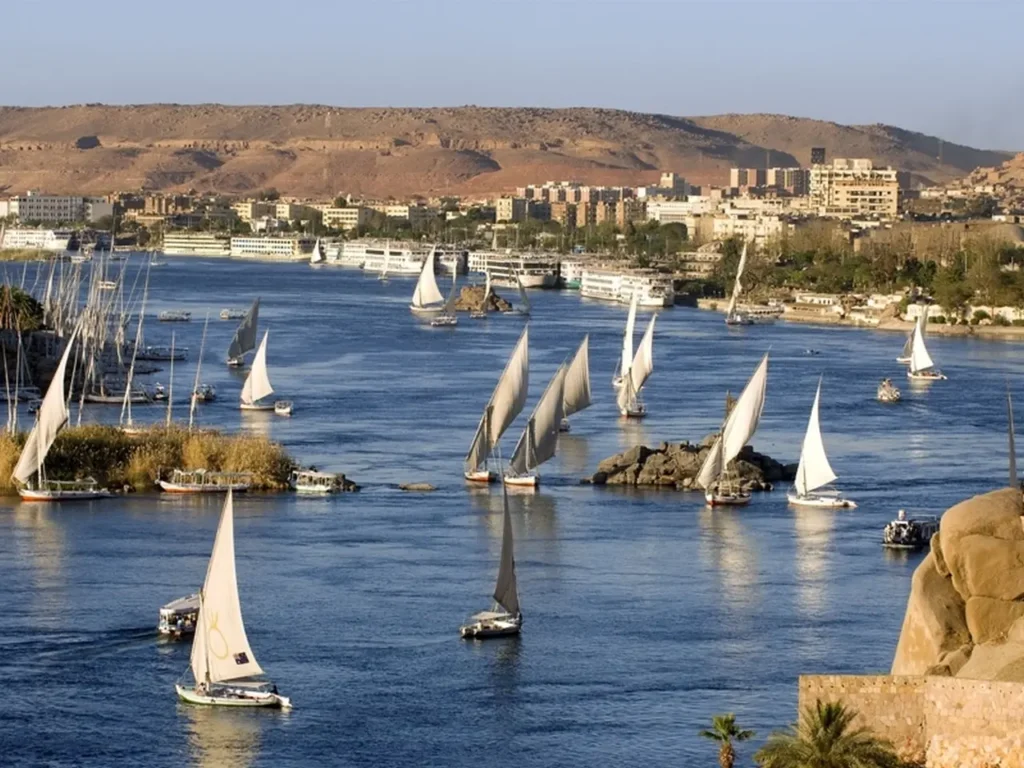
Here’s some information about the Nile River
The Nile River’s rich history, cultural significance, and ecological importance make it a fascinating natural wonder that continues to influence the lives of millions of people in northeastern Africa.
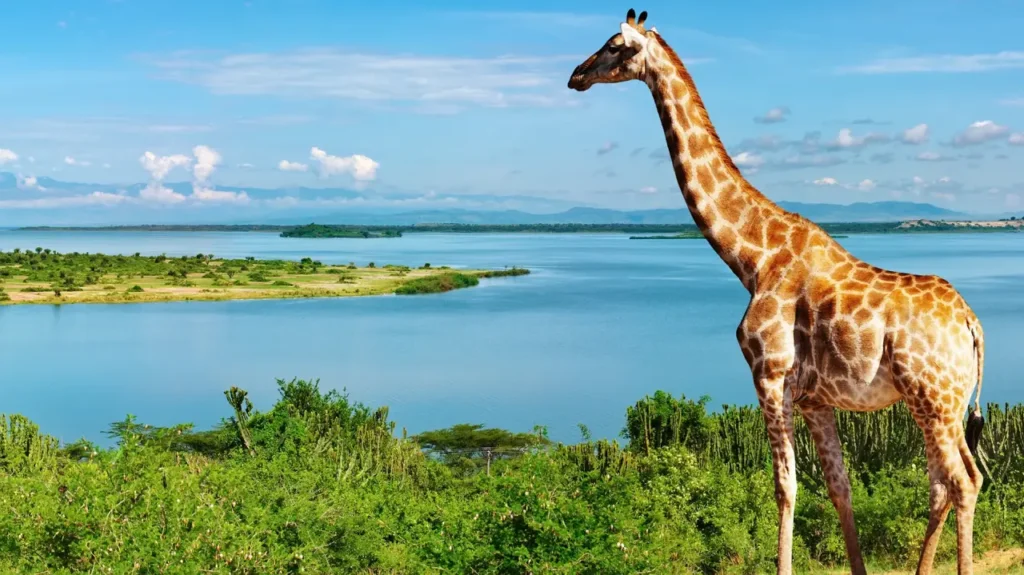
Length
The Nile River is approximately 6,650 kilometers (4,130 miles) long, making it the longest river in Africa and the world.
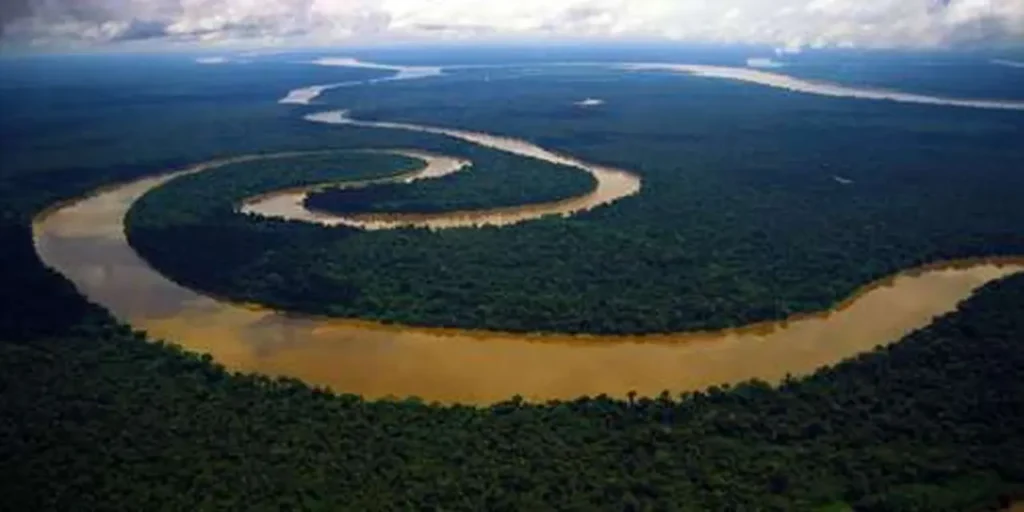
River Basin
The Nile River basin is vast, covering approximately 3.4 million square kilometers (1.3 million square miles). It encompasses eleven countries and spans a diverse range of landscapes, including mountains, highlands, savannahs, and deserts.
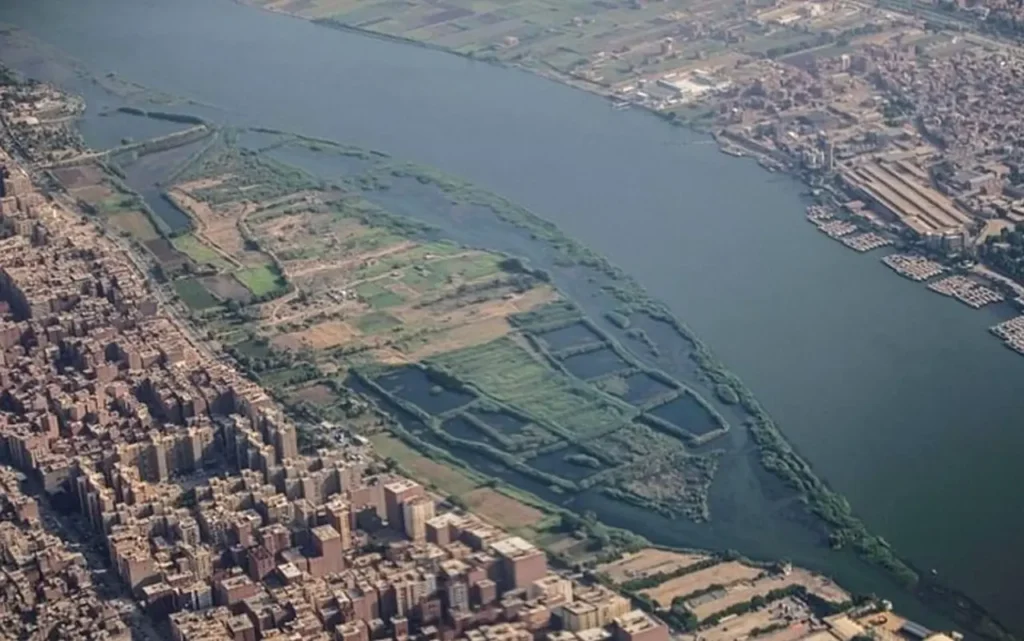
Countries
The river traverses eleven countries, including Burundi, Rwanda, Tanzania, Uganda, Kenya, Democratic Republic of the Congo, South Sudan, Sudan, Ethiopia, Eritrea, and Egypt. It is a vital water source for these countries, providing water for agriculture, drinking, and economic activities.
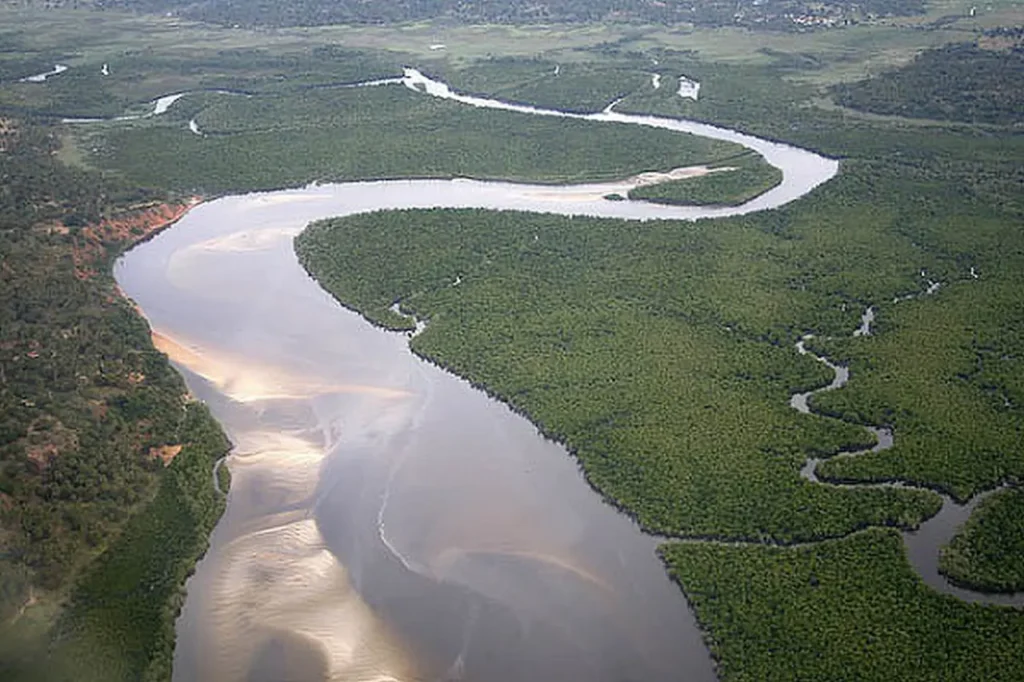
Two Main Tributaries
The Nile River has two primary tributaries, the White Nile and the Blue Nile. The White Nile originates from Lake Victoria in East Africa, while the Blue Nile originates from Lake Tana in Ethiopia. The two tributaries meet in Sudan’s capital, Khartoum, and continue as the Nile River.
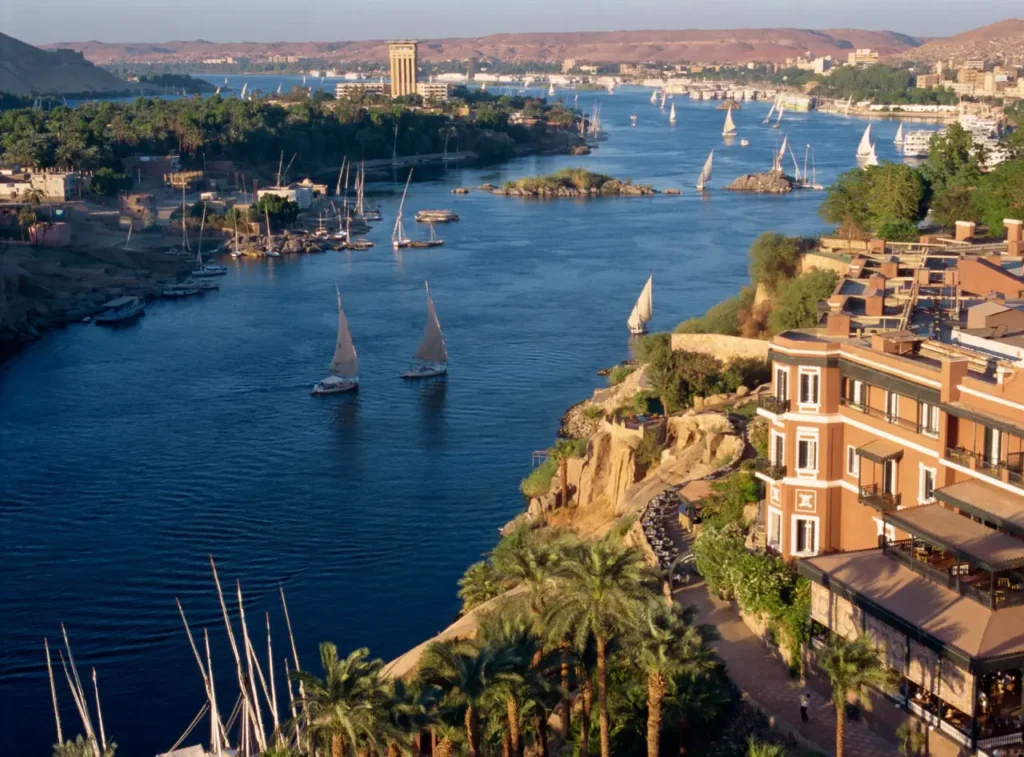
Importance in Ancient History
The Nile holds significant historical and cultural importance, especially in ancient Egyptian civilization. The river provided fertile land for agriculture, sustaining the growth of one of the world’s earliest advanced civilizations. Ancient Egyptians relied on the annual flooding of the Nile, known as the “Inundation,” to deposit rich silt on the riverbanks, enabling successful crop cultivation.
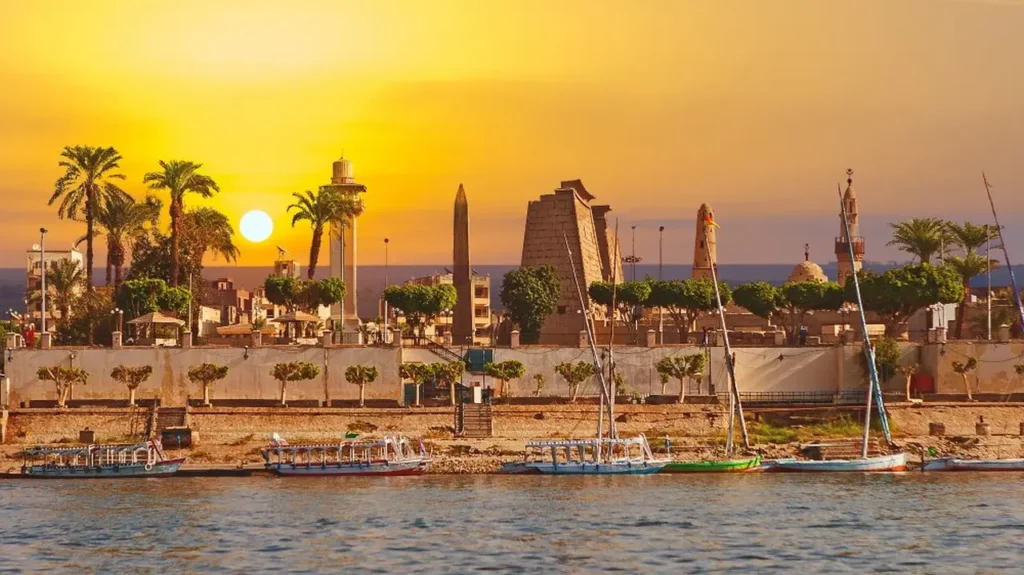
Major Cities
The Nile River is associated with several major cities along its course, including Khartoum (Sudan), Aswan, Luxor, and Cairo (Egypt). These cities showcase historical landmarks, ancient temples, and archaeological sites that attract tourists from around the world.
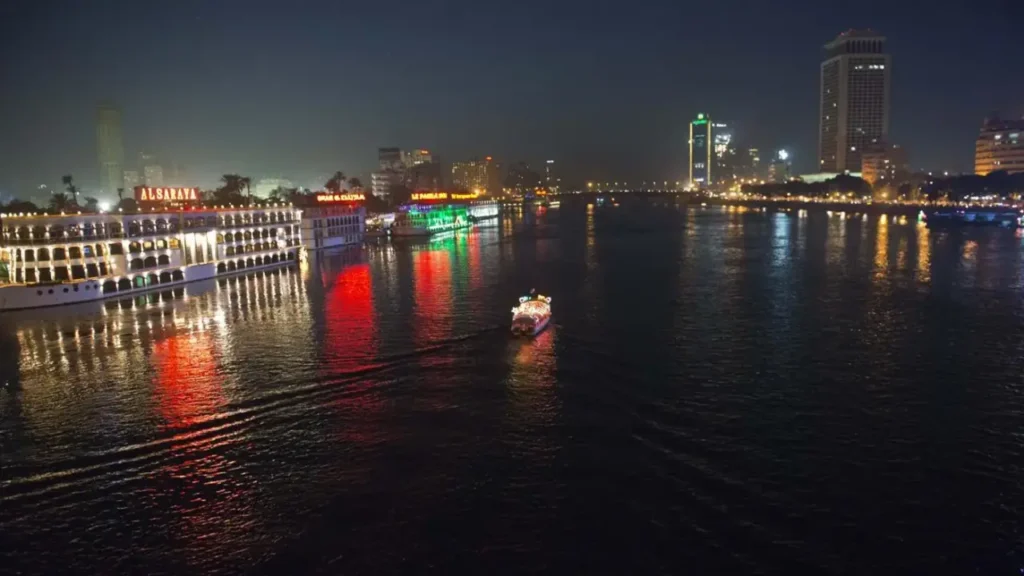
Economic Significance
The Nile River plays a crucial role in the economic development of the countries it flows through. It supports agriculture, fishing, transportation, and hydroelectric power generation. The river’s waters are used for irrigation systems, allowing for the cultivation of crops and supporting the livelihoods of millions of people.
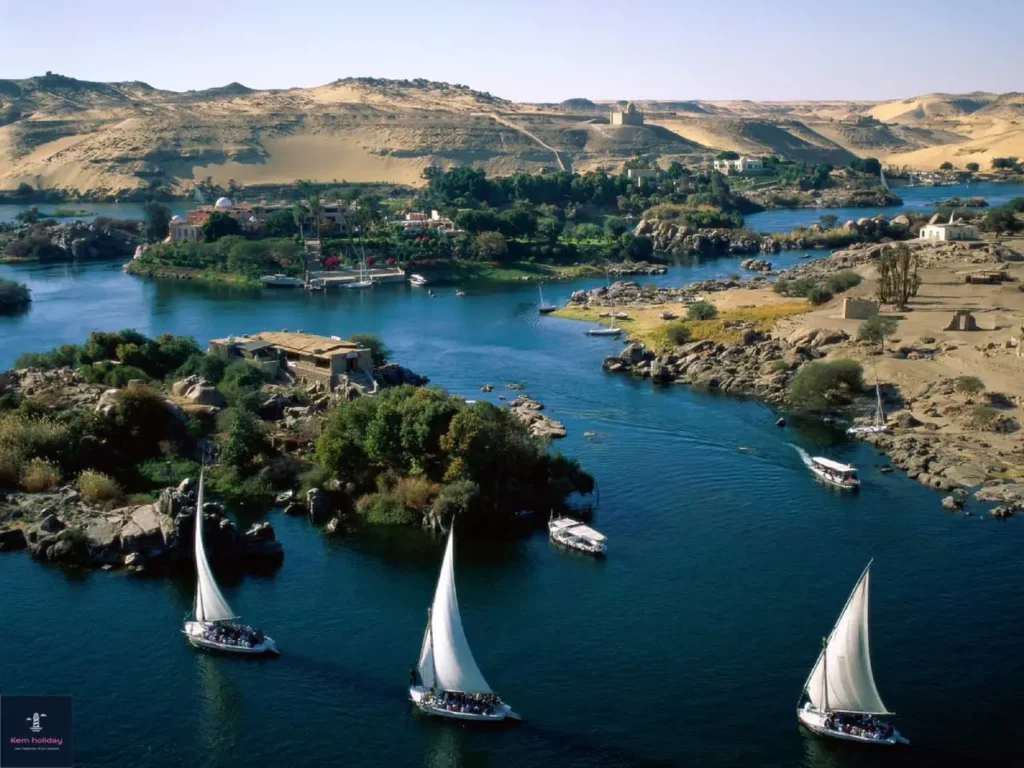
Wildlife and Biodiversity
The Nile River and its surrounding ecosystems support a diverse array of wildlife and biodiversity. It is home to various species of fish, amphibians, reptiles, birds, and mammals. The Nile crocodile and the hippopotamus are notable examples of the river’s wildlife.
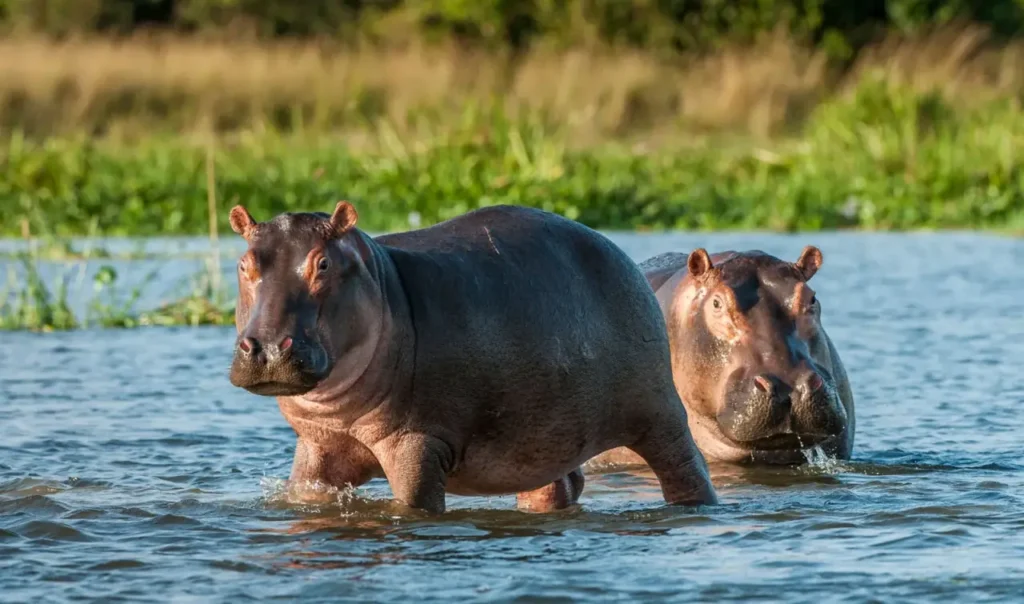

Tourism and Recreation
The Nile River offers opportunities for tourism and recreation. Visitors can take river cruises, explore ancient temples and archaeological sites, engage in fishing, or simply enjoy the scenic beauty of the river and its surroundings.
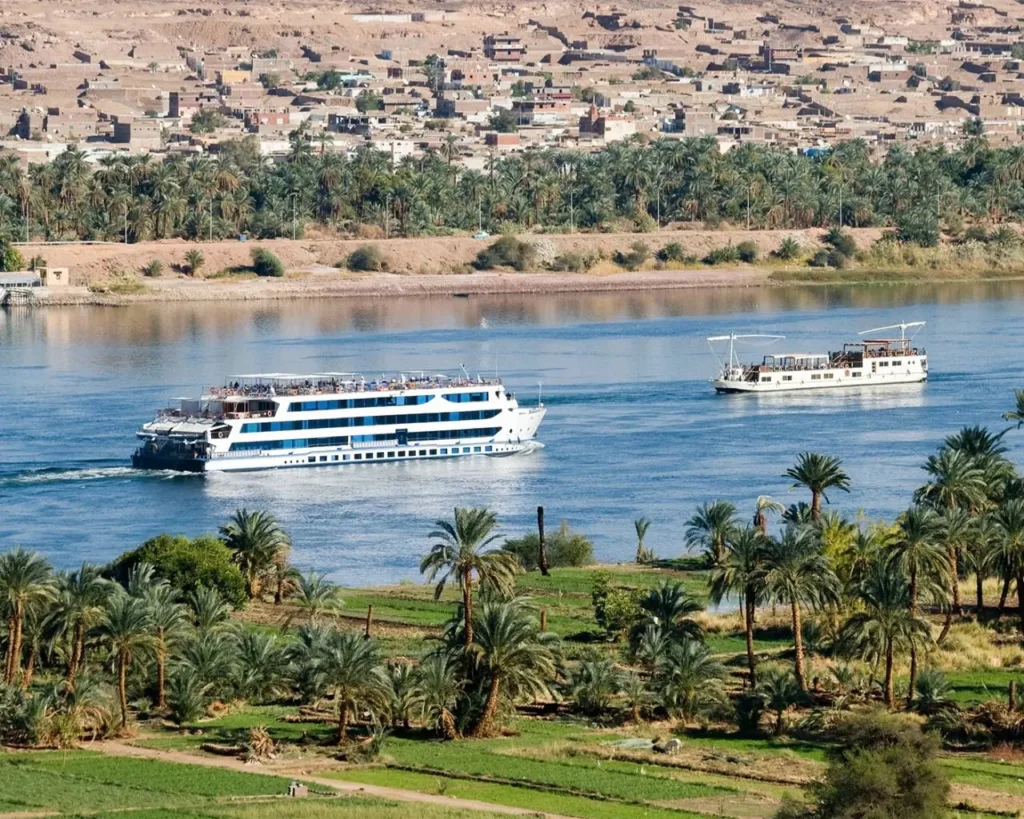
Challenges and Conservation
The Nile River faces challenges such as pollution, water scarcity, and conflicts over water usage. Various initiatives and agreements are in place to promote sustainable water management and conservation efforts along the river.
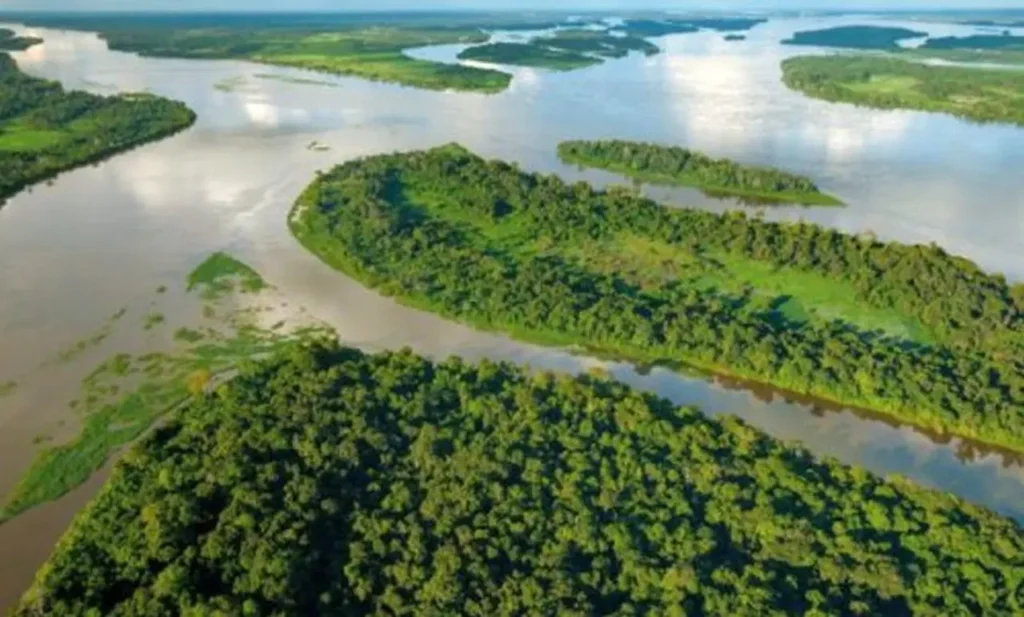
Some activities at Nile River
The Nile River offers a variety of activities that cater to different interests and preferences. Here are some popular activities you can engage in along the Nile.
River Cruises
Nile River cruises are a popular way to explore the river and its surroundings. You can embark on multi-day cruises that navigate between Luxor and Aswan in Egypt, enjoying the scenic views, visiting ancient temples and historical sites along the way. Cruises often include guided tours, onboard amenities, and opportunities to experience local culture and cuisine.
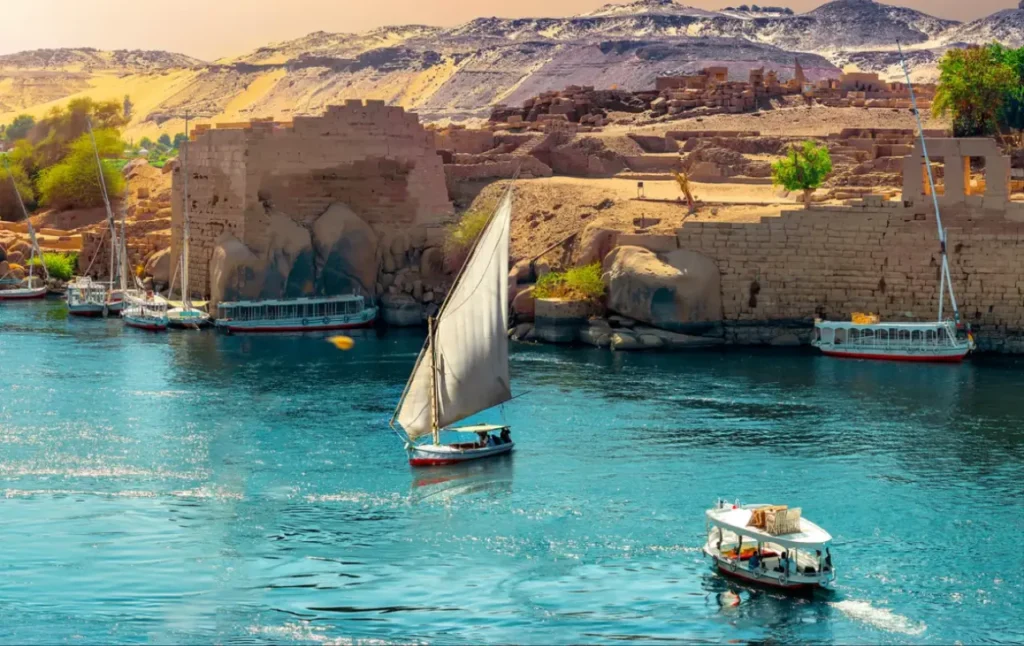
Felucca Sailing
Feluccas are traditional wooden sailing boats used on the Nile River. Taking a felucca ride allows you to experience the gentle river breeze and enjoy a leisurely sail along the Nile. You can take shorter rides within cities like Cairo or opt for multi-day sailing trips that provide a more immersive experience.
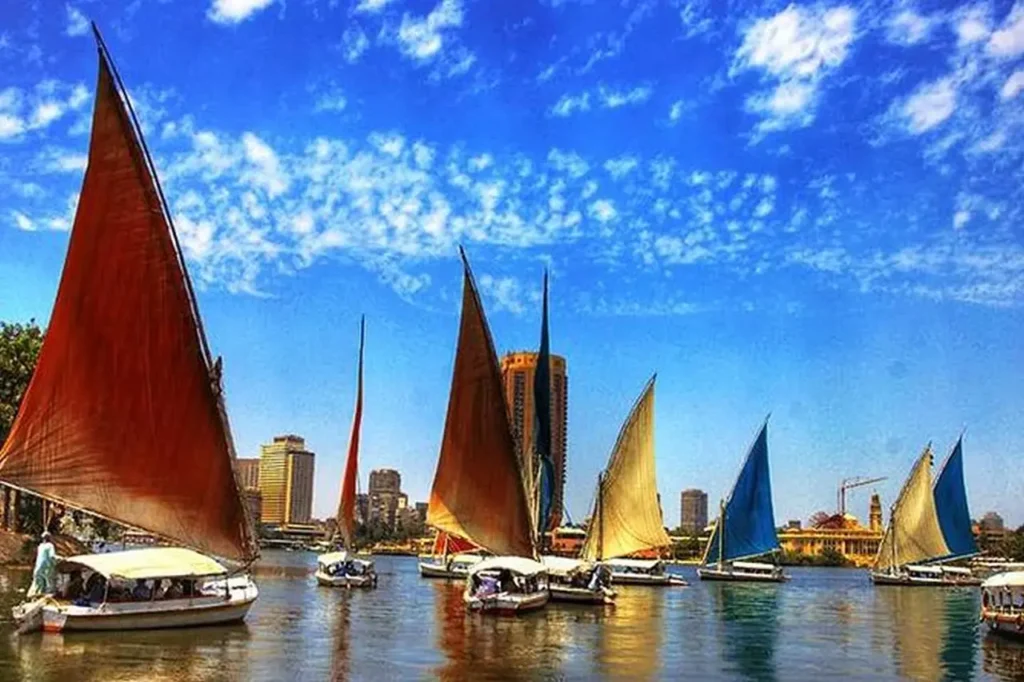
Historical Sightseeing
The Nile River is dotted with historical sites and ancient temples that offer a glimpse into the rich history of the region. You can visit iconic landmarks such as the temples of Luxor and Karnak, the Valley of the Kings, Philae Temple, and Abu Simbel Temple. These sites provide insights into ancient Egyptian civilization and its architectural marvels.
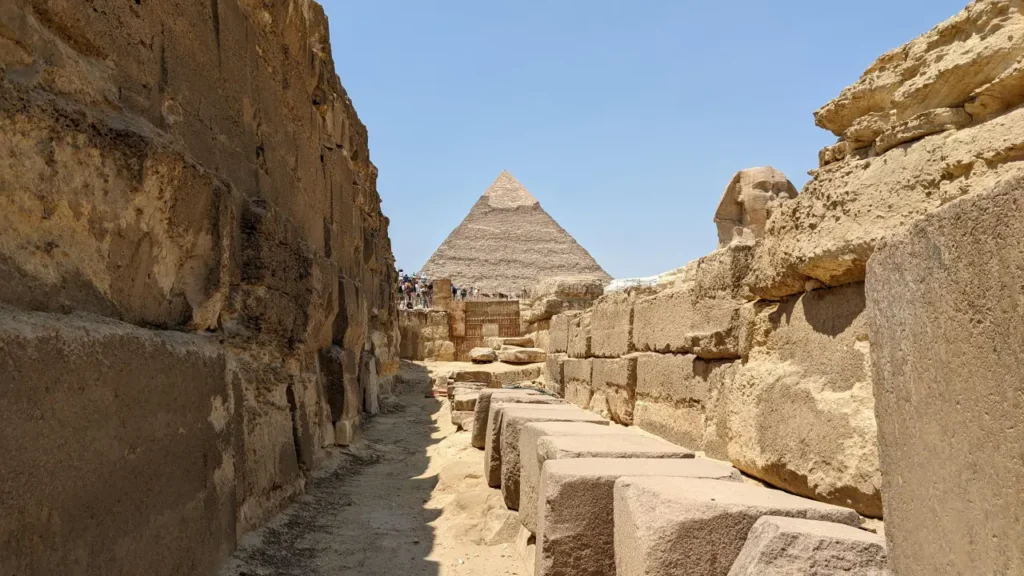
Wildlife Viewing
The Nile River and its surrounding wetlands are home to diverse wildlife. You can engage in wildlife viewing activities, such as birdwatching, where you can spot various species of birds, including herons, ibises, and kingfishers. You might also catch glimpses of Nile crocodiles, hippopotamuses, and other riverine wildlife.

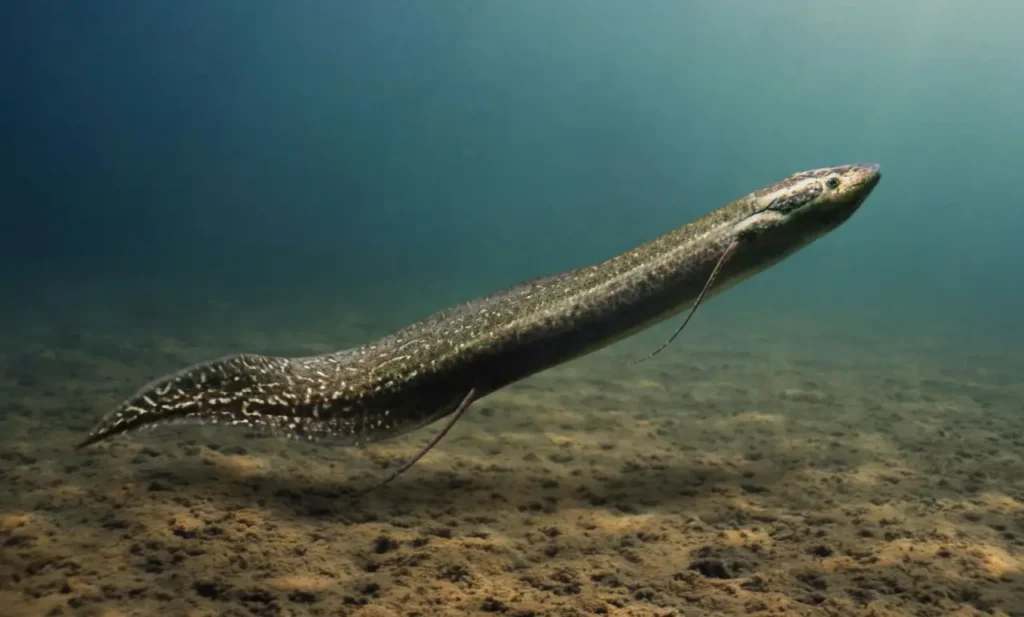

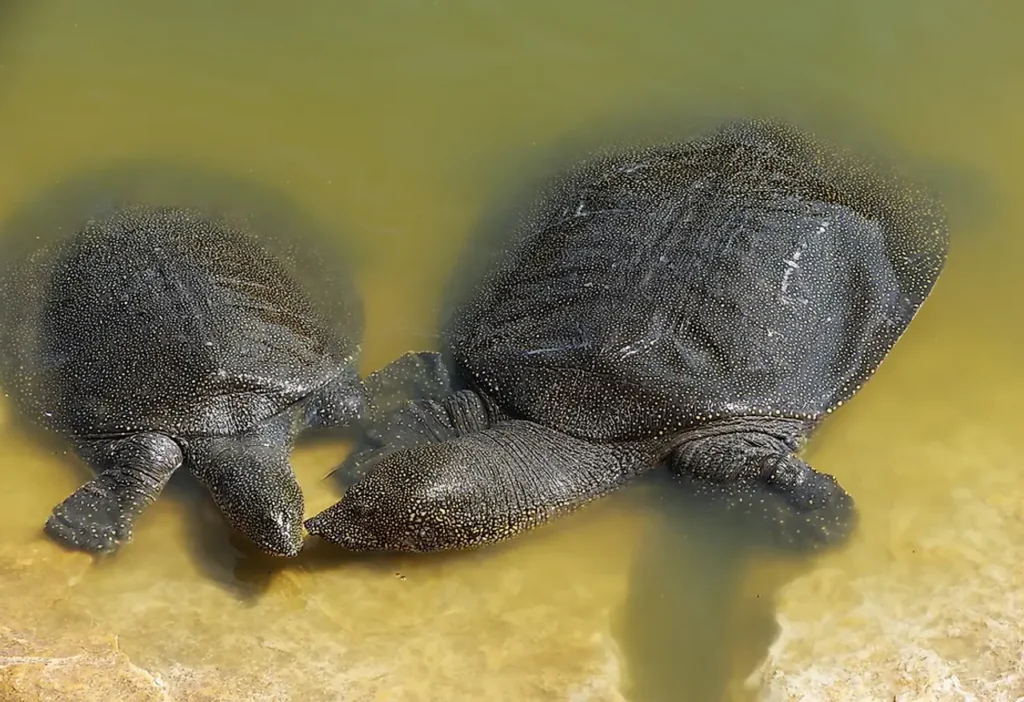
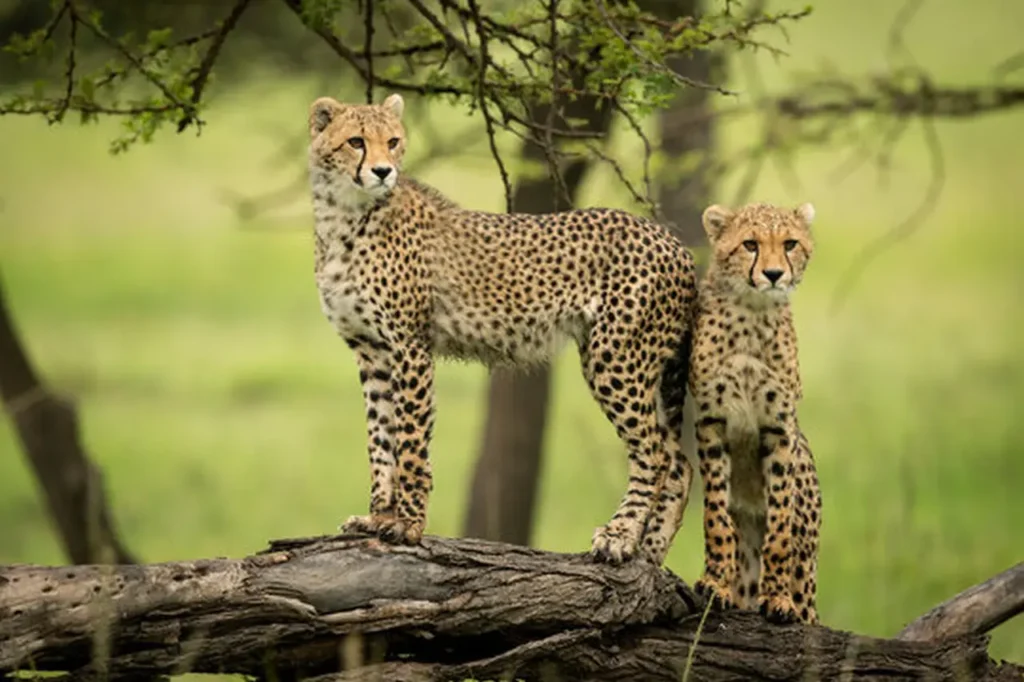
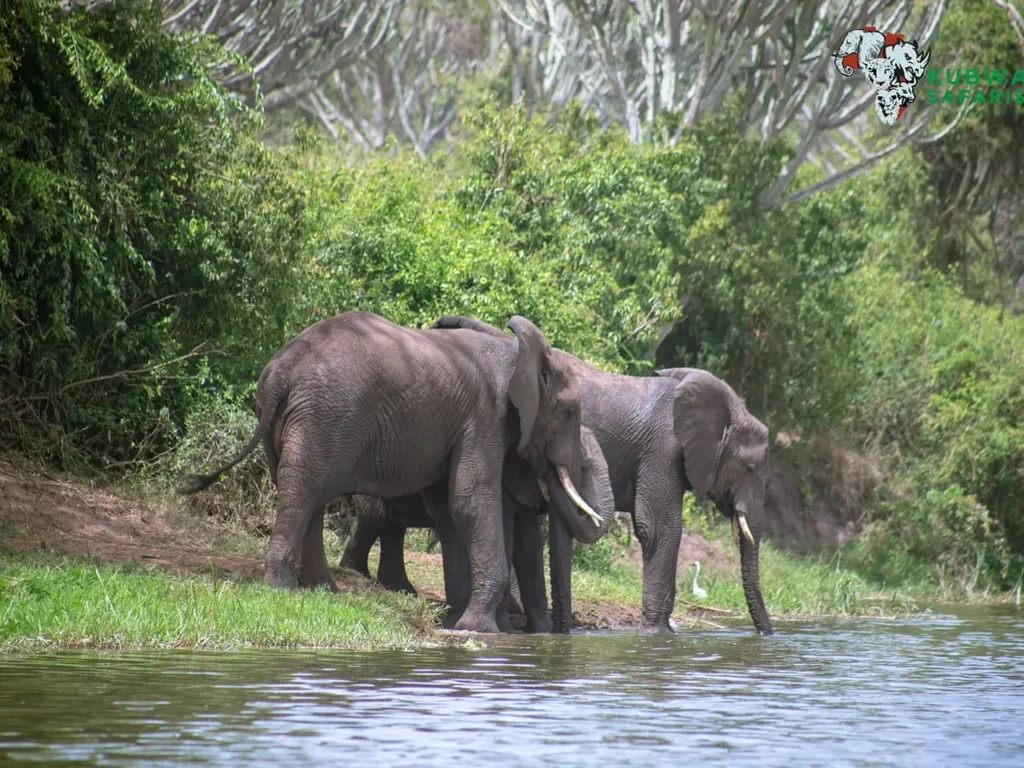
Fishing
Fishing enthusiasts can try their luck in the Nile River, which supports a variety of fish species. Nile perch, catfish, tilapia, and tigerfish are some of the common catches. You can join fishing trips or hire local guides who can provide equipment and guidance.
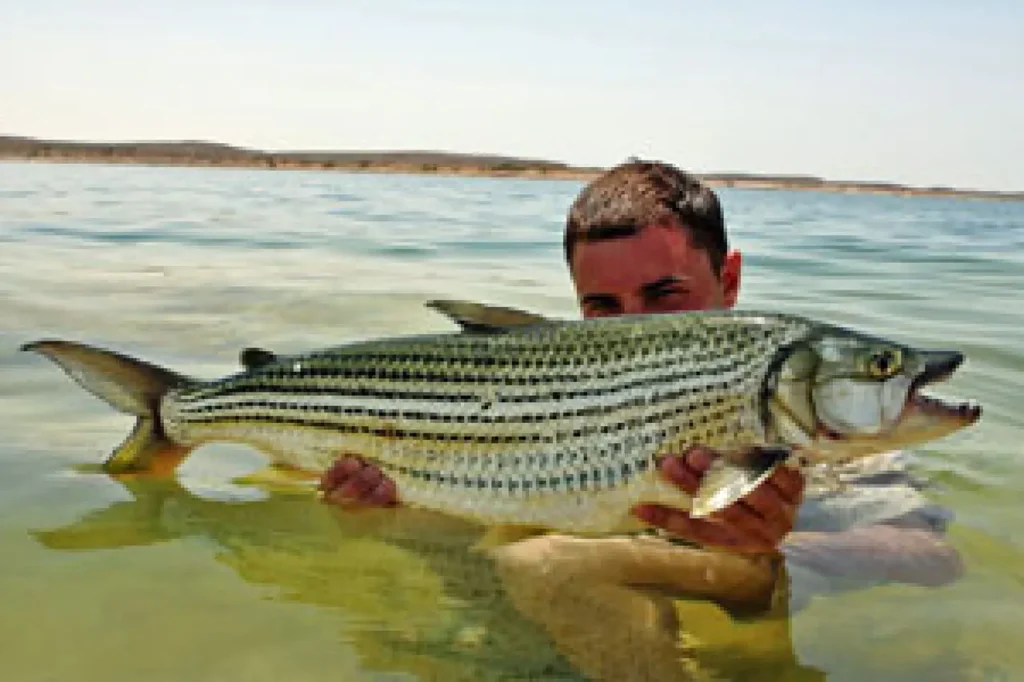
Watersports
Some sections of the Nile River offer opportunities for watersports such as kayaking, rafting, and paddleboarding. Adventurous travelers can explore thrilling rapids and enjoy the adrenaline rush of navigating the river’s currents.
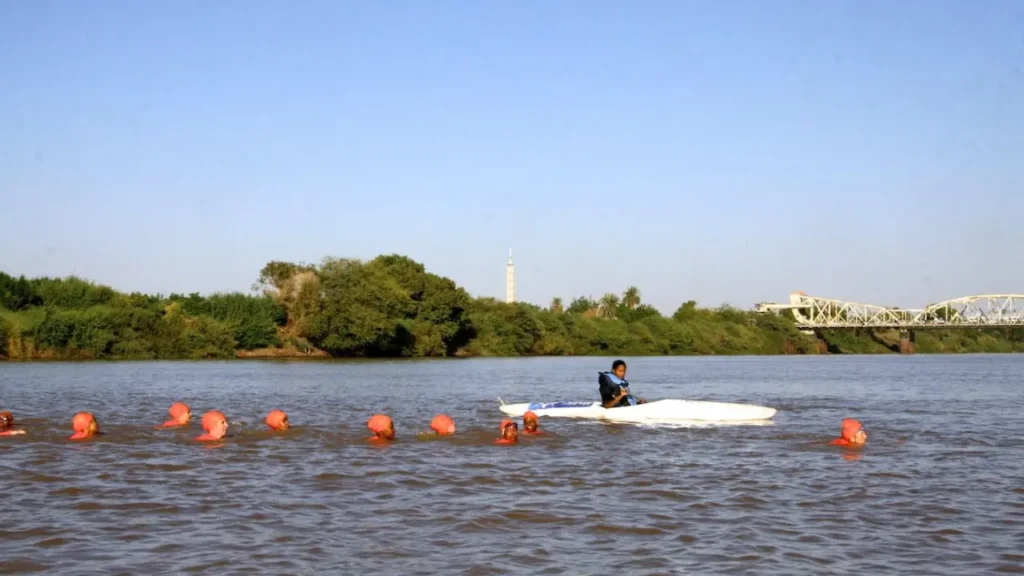
Local Village Visits
Along the Nile, you’ll find numerous villages and communities where you can experience local culture and interact with the friendly residents. You can visit traditional Nubian villages in Egypt or explore local markets, sample traditional cuisine, and learn about daily life along the river.
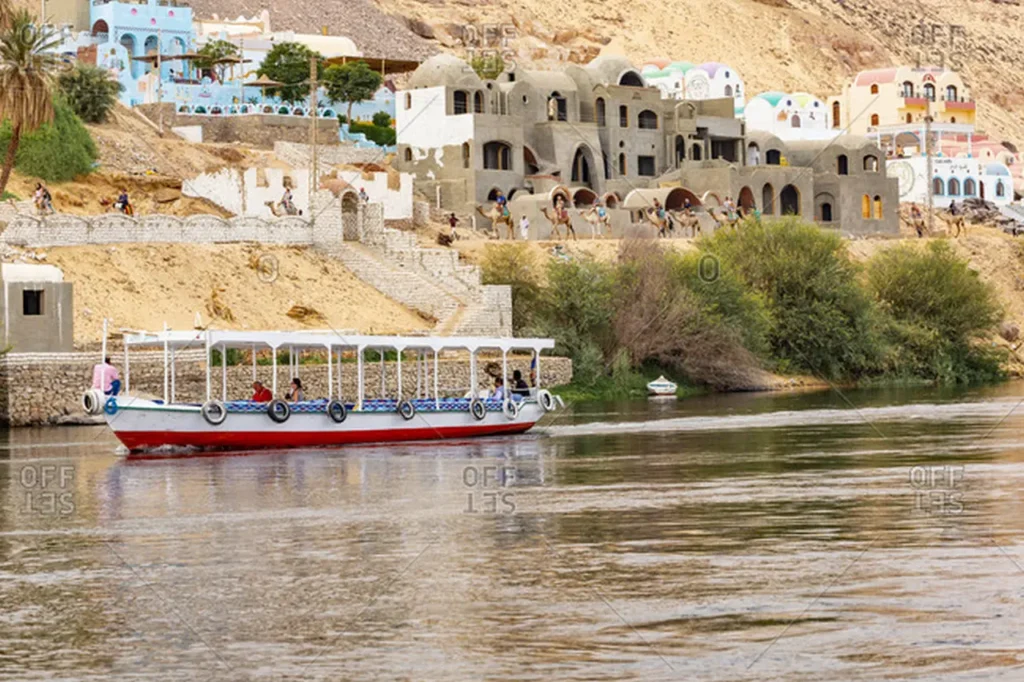
Sunset/Sunrise Views
The Nile River provides picturesque settings for capturing stunning sunset or sunrise views. Whether you’re on a cruise, a felucca, or at a riverside location, witnessing the sun’s golden hues reflecting on the water is a breathtaking experience.
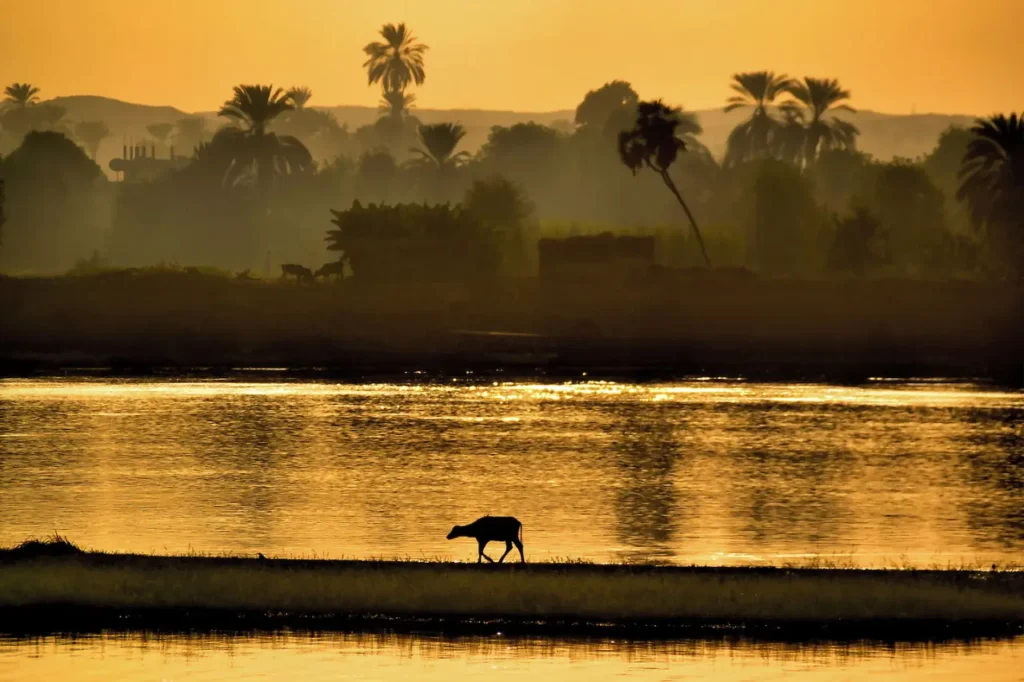
These activities offer diverse ways to appreciate the beauty, culture, and history of the Nile River. The availability of specific activities may vary depending on the location along the river and the tour operators or guides you choose.
Some note when visiting Nile River
When engaging in activities along the Nile River, it’s important to keep the following notes in mind
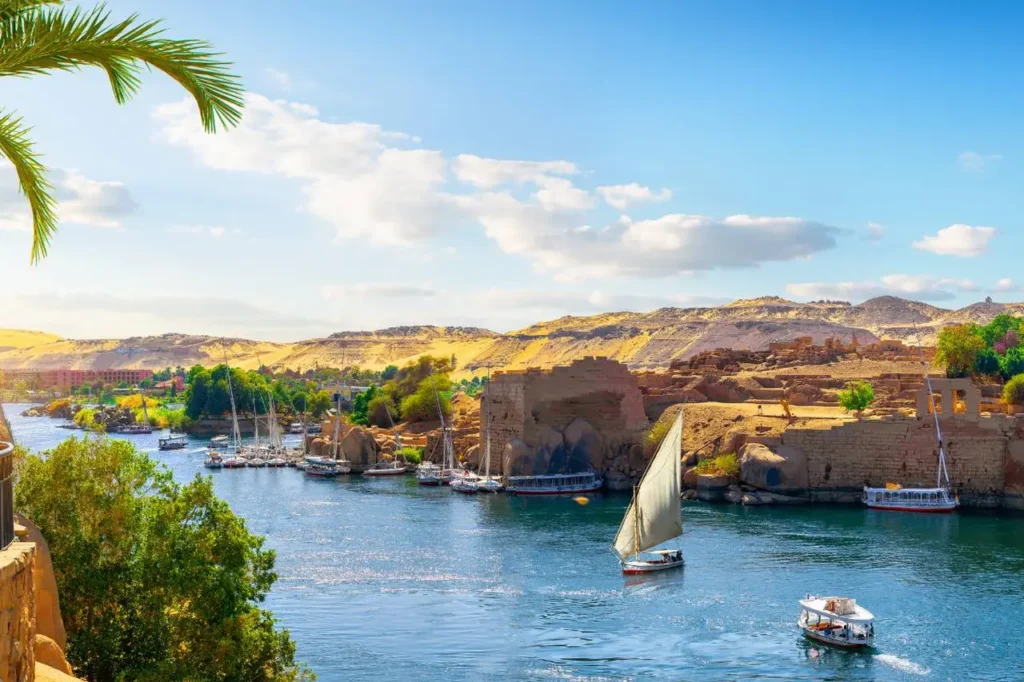
- Safety: Prioritize your safety and follow any safety guidelines provided by tour operators or guides. Wear appropriate safety equipment, such as life jackets, during water-based activities. Be cautious while boarding or disembarking boats to avoid accidents or falls.
- Respect Local Customs: When visiting local villages or communities, respect local customs, traditions, and dress codes. Seek permission before taking photographs of individuals or their property. Be mindful of cultural sensitivities and show respect for religious sites and practices.
- Sun Protection: The Nile region can have strong sunlight, so it’s essential to protect yourself from the sun’s rays. Wear sunscreen, a hat, and sunglasses to shield yourself from harmful UV rays. Stay hydrated by drinking plenty of water, especially during outdoor activities.
- Wildlife Interaction: If you encounter wildlife, maintain a safe distance and avoid disturbing or provoking animals. Do not feed or approach wildlife, as this can be dangerous and harmful to both humans and animals. Follow any instructions provided by guides or rangers regarding wildlife encounters.
- Cultural Heritage Conservation: Many sites along the Nile River are of historical and cultural significance. Help preserve these treasures by refraining from touching or damaging any artifacts or structures. Follow instructions from guides or signage to ensure the preservation of these important sites for future generations.
- Environmental Responsibility: Be mindful of your impact on the environment and practice responsible tourism. Dispose of waste properly and avoid littering. Minimize the use of single-use plastics and leave natural areas as you found them. Follow designated paths and trails to avoid damaging delicate ecosystems.
- Local Economy Support: Consider supporting the local economy by purchasing locally made crafts or products. Engage in responsible tourism practices that benefit local communities, such as using local guides or staying at locally owned accommodations.
- Travel Insurance: It’s recommended to have travel insurance that covers medical emergencies, trip cancellations, and lost belongings. Ensure that your insurance coverage is appropriate for the activities you plan to engage in along the Nile River.
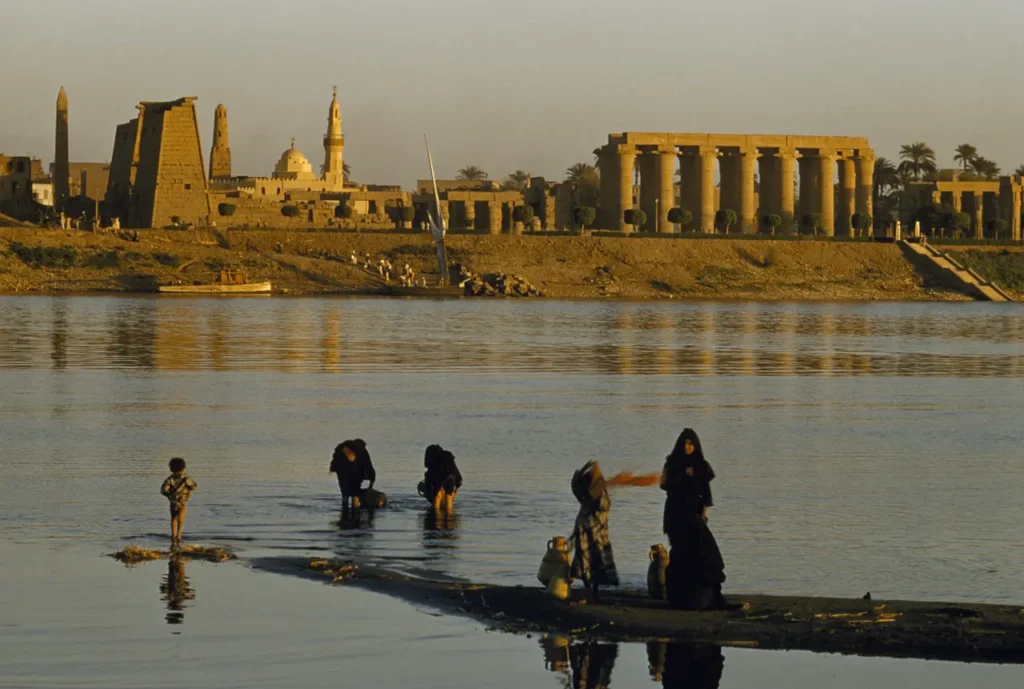
By being aware of these notes and practicing responsible and respectful tourism, you can have a safe, enjoyable, and sustainable experience while exploring the Nile River and its surroundings.
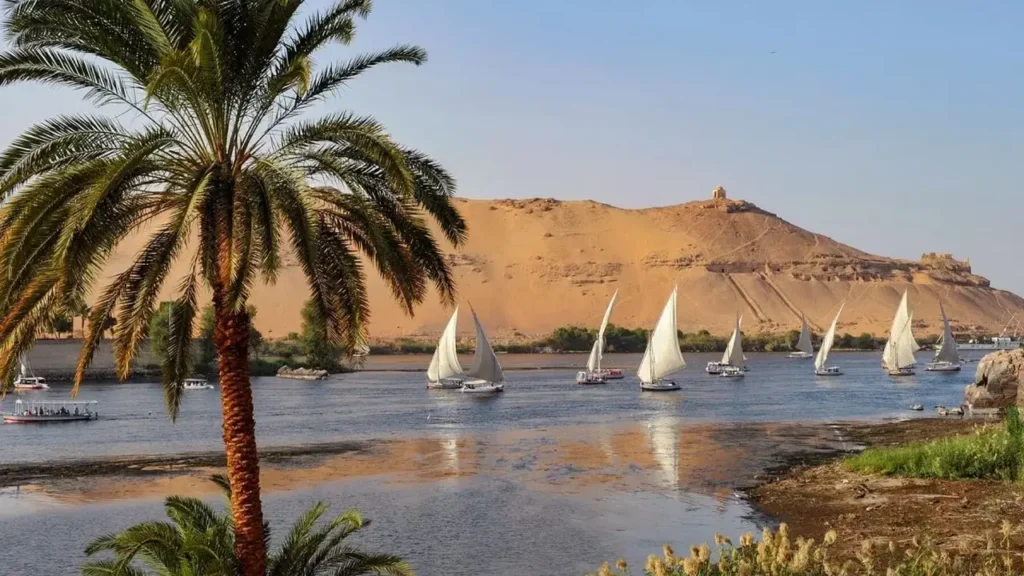
The Nile River’s historical, cultural, and ecological importance has captivated people for centuries. Its influence on the development of civilizations and its role as a lifeline for millions of people make it a remarkable natural wonder.
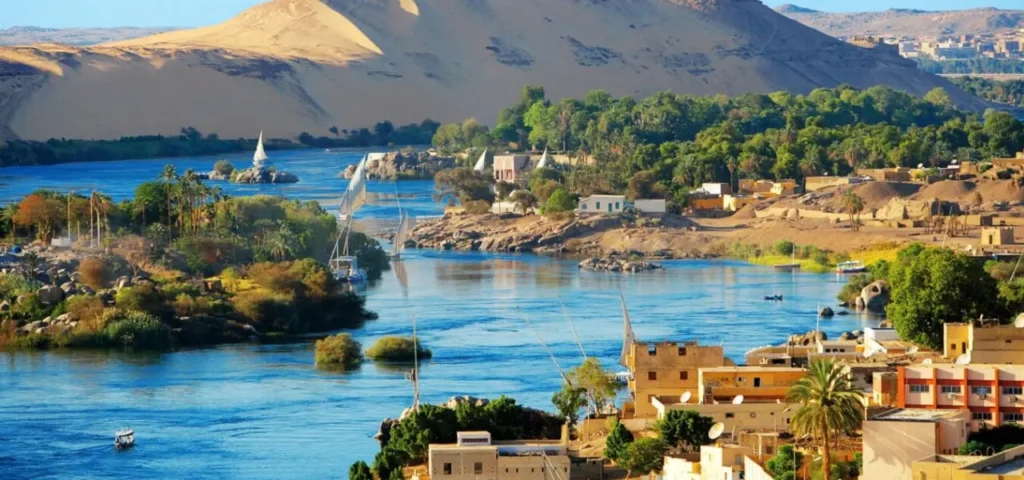
In conclusion, this article has provided you some facts about the Nile River. We hope this information is useful to you. Please visit our website for more interesting discoveries about the rich and diverse world of river life.
